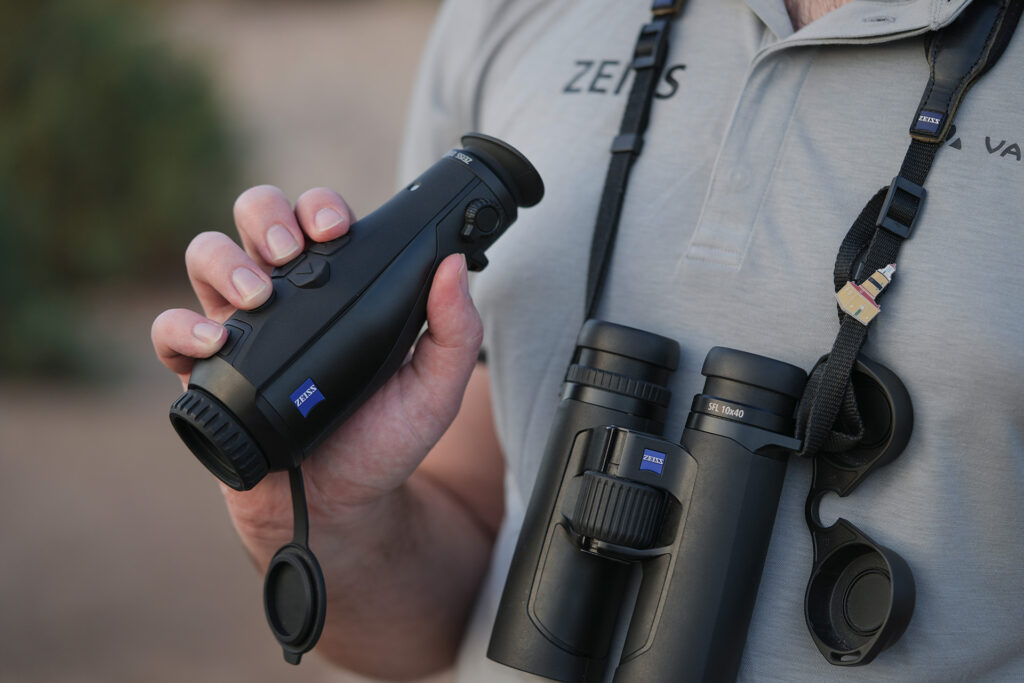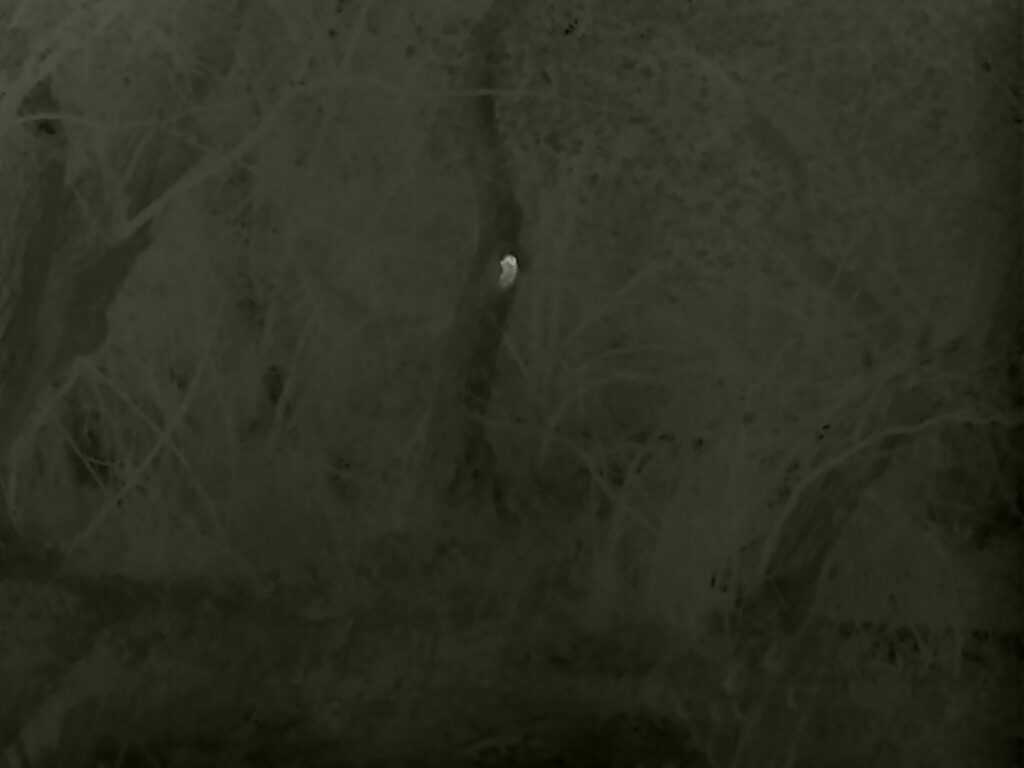An interview with Toby carter about his use of ZEISS DTIs and why they open up new perspectives for him, especially in daylight.
In dense reeds, bushes or in complete darkness – detection of well-camouflaged or nocturnal birds and other wild animals is a real challenge. The introduction of ZEISS thermal imaging cameras has opened up a new era in nature and bird watching. We talk to birders, researchers and nature enthusiasts about their passion and what opportunities the use of thermal imaging cameras opens up for them.
In the first part of our series, we talked to Toby Carter, a passionate birder from the UK and bird expert at ZEISS. In our interview, he shares his beginnings in birding, the role his grandparents played in it and why the ZEISS DTI is a real game changer for him.
ZEISS: Toby, we’re happy to talk to you today. Those who follow our ZEISS channels have probably already come across you, or more likely, already know you from the birding community. But for those who don’t know you yet, why don’t you briefly introduce yourself and your story of how you got into birding?
Toby: Pleasure to join you. I’m Toby, an avid birdwatcher and recently joined ZEISS as a birding expert. My passion for birds and nature started early. I practically grew up with it. When I was 5 years old, my grandparents took me to an RSPB reserve equipped with binoculars. I think it was there that my passion for birds was sparked. Now at 23 years old it is fair enough to say I’m obsessed, birding never stops regardless of where I am.
ZEISS: I think we can all agree that binoculars are an essential part of any trip. The use of thermal imaging cameras, on the other hand, is still unfamiliar to many. Toby, why do you now always have a thermal imaging camera around your neck when you’re out and about?
Toby: Absolutely, the use of thermal imaging cameras in the world of birdwatching is still a new concept for many. But I’m sure those who have used them once would agree: Thermal imaging cameras are a true game changer!
When you hear thermal imaging cameras, the first thing that comes into your mind is using them exclusively at night. But that’s not all. The cameras detect heat sources from animals or people and can also be used perfectly in daylight. When I’m birding, my thermal imaging device is always in my pocket and as a result I’m probably using it 90% of the time during the day. The thermal imaging camera has now become indispensable for me, especially when trying to spot those more cryptic species you would normally struggle to see, such as Bittern, Jack Snipe and even Grasshopper Warblers.
But in addition to seeing particularly well camouflaged species, the thermal imaging camera offers me another advantage: instead of having to wait a long time in an area to see a species, a quick scan with the thermal imaging camera shows whether there is a heat source at all. If I can detect absolutely no heat source here, then I move on and don’t have to wait forever for movement. If a heat source appears, I can either see directly through the camera which species is there or I can quickly grab the binoculars and observe the species I’ve spotted even more closely.

ZEISS: What has been your most memorable experience with your thermal imaging camera so far?
Toby: When I lead ZEISS tours with UK dealers, the participants are always excited about the new world they can see when using the thermal imaging camera. In Norfolk there was a family of Bearded Tits in a reedbed that were proving hard to see. But when they used the thermal imaging camera, they were able to spot the birds immediately. On a tour in the Forest of Dean we were able to use the camera to spot Wild Boar in the forest, a mammal species that can be spooked easily and also in Somerset using the thermal to find Bitterns was excellent. So the areas of application really are many and varied. But what I particularly remember was an observation of a roosting Tawny Owl. It was sitting in a very high branch in a tree. The thermal imaging device helped me to spot him easily, even from a distance. I usually hear the Tawny Owl more often than I see it. Of course, I also recorded my observation with the DTI 4/50. I really like the fact that it can also be used to take photos and even videos.
